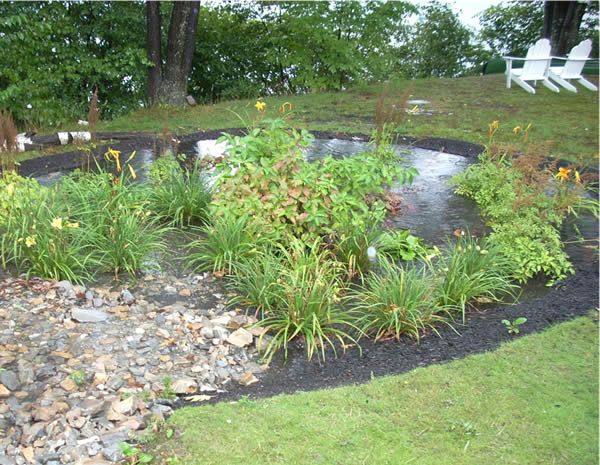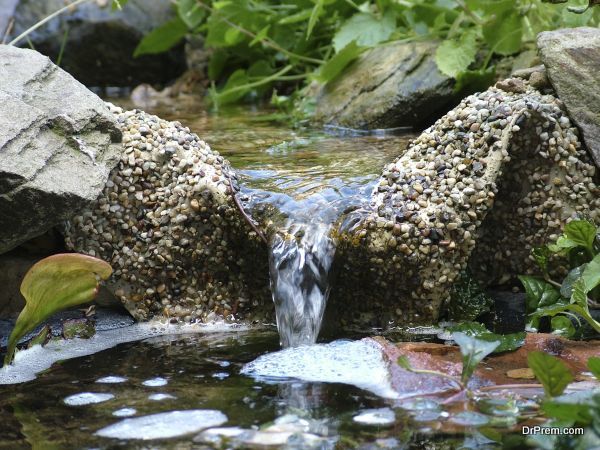Rain garden is a super cool, beneficial and eco-friendly innovation that aims to manage and control rainwater runoffs. Water is of paramount importance but too much of it, as in when it floods or owing to torrential rains, water creates an overload problem for gutter and sewer systems. There had to be quite an effective and a natural way that could balance out this situation, so rain gardens came to rescue. They not only control water runoffs but also add beauty to the surroundings.
What is a Rain Garden?

Rain gardens can usually be seen on the highway sides or in the homes of environmentally friendly people. It is a garden made in a shallow depression adjoining a natural or a manmade slope, planted with native shrubs and flowers. The main purpose of the rain garden is to hold rainwater runoff coming from the road if it is a roadside rain garden or from the roof, patio, or lawns and let it soak.
Usually a selection of wetland edge vegetation such as grasses, sunflowers, sedges, shrubs, small trees and ferns are planted in the rain garden along with layers of gravel, mulch, and soil. These plants and the layering of soil have a very important purpose to serve, i.e. to filter the water.
Warm storm water upsets aquatic ecosystems because a sudden introduction of warm water reduces availability of dissolved oxygen in water. However, the rain gardens help water soak and cool it down so that it does not create any problem when it goes and mixes with the water bodies.
Another very important function that rain gardens have is to prevent damage to the nearby properties owing to extreme water flow conditions like that of flood. They minimize water flow, as they act as a barrier, an ideal water runoff management system, and a beautiful thing in vicinity.
Misconceptions about Rain Gardens

Some people confuse bioswales (sloping that takes rainwater to a particular destination) with rain gardens that is a misconception. Bioswales are not rain gardens but some of them have rain gardens at their ends. One more misconception is that the gardens that have standing water in them are also rain gardens.
They are not rain gardens; they are ponds, water gardens, or wetlands because rain gardens only hold water for some time, not for long. They are not retention basins, as all the water they hold seeps into the ground in 48 hours approximately.
Tips for making a rain garden in your home

- Placing rain garden over a septic field is not a good idea.
- Ensure you locate it at least 10 feet away from your home so that water never interferes with your home’s foundation or other utilities.
- Try to choose a location in the sun, and naturally occurring low spots are better than the created ones.
- Using native plants works best, as they attract birds, native butterflies, and insects. Pick plants and grass that are suitable for both wet and dry areas.
- The source of rainwater influences the drainage capability of a rain garden, as in if you are planning to direct rainwater from the roof, from the roads, or from the patio, all the three conditions will have their individual drainage capabilities.
- Trees should be smaller if you use them at all, and try to grow a combination of tall and short plants but they should be native plants.
- For underground utilities, you will have to call local organizations that locate them.
Rain Garden works like a speed breaker for rainwater runoff that could otherwise harm the surroundings with its speed and pressure. The vegetation in the rain garden filters water and cools it down making it an ideal addition to the water bodies.


